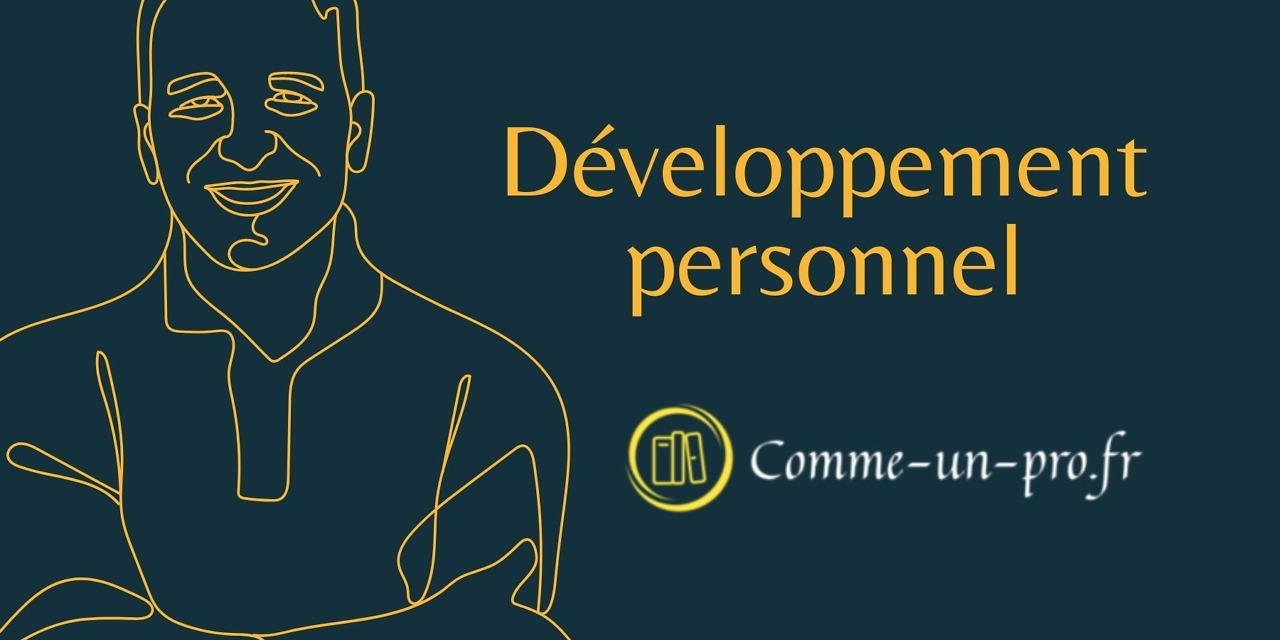What is Google Activity and how does it work?
Google Activity, also known as My Google Activity, is a Google service that allows users to view and control all the data collected by Google about their online activities. This includes search history, websites visited, YouTube videos watched, and interactions with Google apps and services.
To access Google Activity, users need to sign in to their Google Account and go to the “My Activity” page. Here they can view their activity history, filter data by date or type of activity, and even delete specific items or their entire history.
By examining the data provided by Google Activity, we can gain detailed insight into our online habits and trends in our use of Google services. This information can be invaluable in identifying areas where we spend too much time online or times when we tend to be less productive.
By becoming aware of these trends, we can begin to develop strategies to better balance our use of digital technologies and improve our overall well-being. For example, if we notice that we spend a lot of time watching videos on YouTube during working hours, we might decide to limit our access to this platform during the day and reserve it for relaxing moments in the evening.
Likewise, if we find that our social media usage increases at the end of the day, it might be useful to schedule disconnected breaks to help us focus on more important tasks and avoid digital fatigue.
Ultimately, the goal is to use the information provided by Google Activity to help us strike a healthy balance between our online and offline lives, fostering digital habits that support our well-being and our productivity.
Manage time spent on apps and websites with external tools
Although Google Activity does not directly offer time management or digital wellbeing features, it is possible to turn to external tools to help us manage our use of Google services and other apps. Several browser extensions and mobile apps have been developed to help limit time spent on specific websites and apps.
Some popular browser extensions include StayFocusd for Google Chrome and LeechBlock for Mozilla Firefox. These extensions allow you to set time limits for websites of your choice, helping you stay focused on important tasks and avoid online distractions.
For mobile device users, apps like Digital Wellbeing on Android and Screen Time on iOS offer similar functionality. These applications make it possible to monitor and limit the time spent on certain applications, to establish time slots during which access to certain applications is restricted and to program moments of relaxation without access to screens.
By combining the information provided by Google Activity with these time management and digital wellbeing tools, we can gain a better understanding of our use of digital technologies and begin to establish healthier habits for a better balance between our lives in online and our offline life.
Establish healthy digital routines to support well-being and productivity
To get the most out of Google Activity and external time management and digital wellbeing tools, it's important to establish healthy digital routines that support our wellbeing and productivity. Here are some strategies to achieve this:
First, it is essential to define clear objectives for our use of digital technologies. This may include purposes related to our work, personal development or relationships. By having clear goals in mind, we will be more likely to use our time online intentionally and effectively.
Then, it can be useful to plan specific time slots to devote to certain online activities. For example, we might decide to spend the first few hours of our workday answering emails and messages, and then reserve the rest of the day for more focused, less communication-related tasks.
It's also important to schedule regular breaks away from screens throughout the day. These breaks can help us avoid digital fatigue and maintain our focus and productivity. Techniques such as the Pomodoro method, which involves alternating 25-minute work periods with 5-minute breaks, can be particularly effective in managing our time online and staying productive.
Finally, it is crucial to preserve moments of relaxation and disconnection in our daily lives. This can include activities such as exercising, spending time with loved ones, meditating, or pursuing a hobby. By maintaining a balance between our online and offline lives, we will be better able to enjoy the benefits of digital technologies while maintaining our well-being and productivity.
By applying these strategies and using the insights provided by Google Activity, we can create a healthier balance between our online and offline lives, supporting our digital wellbeing and career success.



